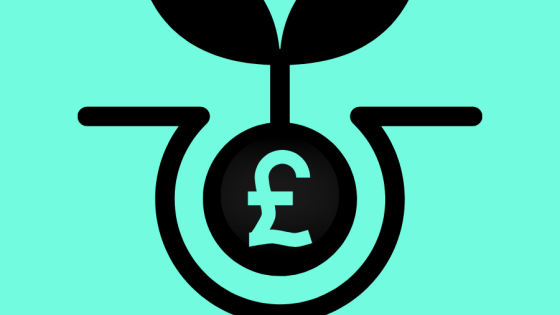Dividend tax increase from 6 April 2022
2 May 2022
Calculating the cost of the additional dividend tax
Categories & Tags
We wish all our tax news updates could bring good news, but the is a reminder that the 1.25% increase in NIC contributions that came into effect on 6 April 2022 are reflected in a similar increase in the tax charge on dividends.
This means that the dividend tax rates for 2022-23 are as follows (all rates having increased by 1.25% over the 2021-22 rates):
- Basic rate taxpayers will pay tax on dividends at 8.75%.
- Higher rate taxpayers will pay tax on dividends at 33.75%.
- Additional rate taxpayers will pay tax on dividends at 39.35%.
This change applies UK-wide. The dividend tax allowance was first introduced in 2016 and replaced the old dividend tax credit with an annual £5,000 dividend allowance with tax payable on dividends received over this amount. The tax-free dividend allowance was reduced to £2,000 with effect from 6 April 2018 and has remain fixed at that level ever since.
The dividend tax is charged on taxable dividend income an individual receives that falls outside of the personal allowance and that exceeds the dividend allowance. Taxable dividend income excludes, for example, dividends on assets held in ISAs.
According to government figures, around 59% of individuals with taxable dividend income are not expected to pay any dividend tax in 2022-23. The average loss of those affected is around £335 although there will be additional and higher-rate taxpayers who will owe significantly more tax.
The increase in dividend tax rates is a small blow for director shareholders. With increasing corporation tax rates from 2023, the tax costs associated with running a company are creeping up.
There may be other ways you can extract profits from your company. When was the last time you looked at tax-efficient remuneration strategies?
If you're looking for support, you've come to the right place.
News & Resources

Less than 2 months to self-assessment filing deadline

IHT treatment of unused pension funds and death benefits

VCT and EIS changes

When are employers required to provide security to HMRC?

Budget Summary November 2025

Claim flat rate expenses for work clothing and tools

VAT relief for commercial samples


